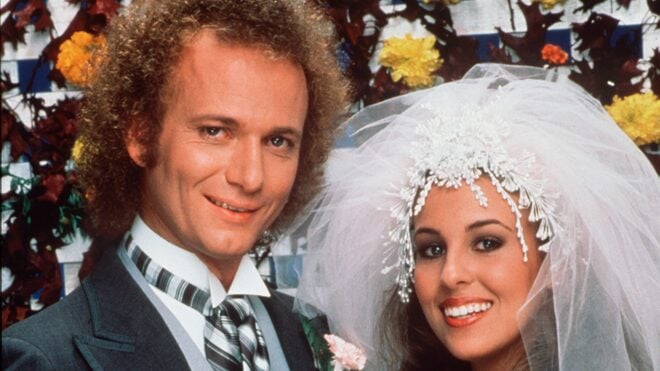As someone who has been a bridesmaid in three very different weddings, not to mention attending tons of my family members' nuptials as a regular guest, I have a pretty good idea of the general wedding traditions most couples uphold.
Of course, every ceremony is different even if they do sometimes fit into the same religious or ideological preferences. For instance, my best friend is half-Indian, so we made sure to incorporate those cultural traditions just as we did with my brother and his Catholic wife — and as unalike as those two might seem, both events followed a similar pattern that ended with each pair saying "I do."
I can definitely say, however, that I had no idea just how strange our most common traditions were when they first debuted on the wedding circuit.
Take a look below to see the surprising reasons behind everything from the ring on a bride's finger to their honeymoon as husband as wife.
Did we miss any shocking discoveries from weddings in the past that are still linked to today's customs? Let us know in the comments, and be sure to SHARE with your friends!
[H/T: Bustle, How Stuff Works]
Thumbnail sources: Wikimedia Commons, Flickr
1. The Wedding Announcement
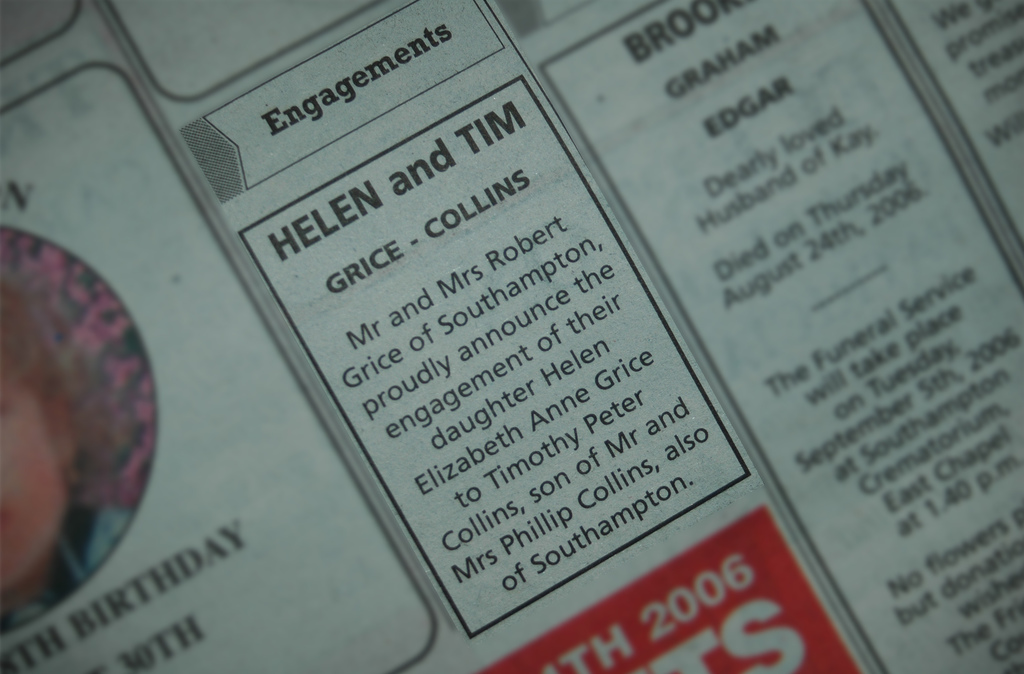
It might seem like couples are just bursting with so much matrimonial joy that they just can't help but shout it from the rooftops — or their local newspaper column.
Originally, though, the custom was known as the "posting of the banns," where couples were supposed to make an official announcement at their church. The rule was set in place by the Roman Catholic Church in 1215 to keep clandestine weddings, like those between two closely related individuals, from taking place.
2. The Diamond Engagement Ring
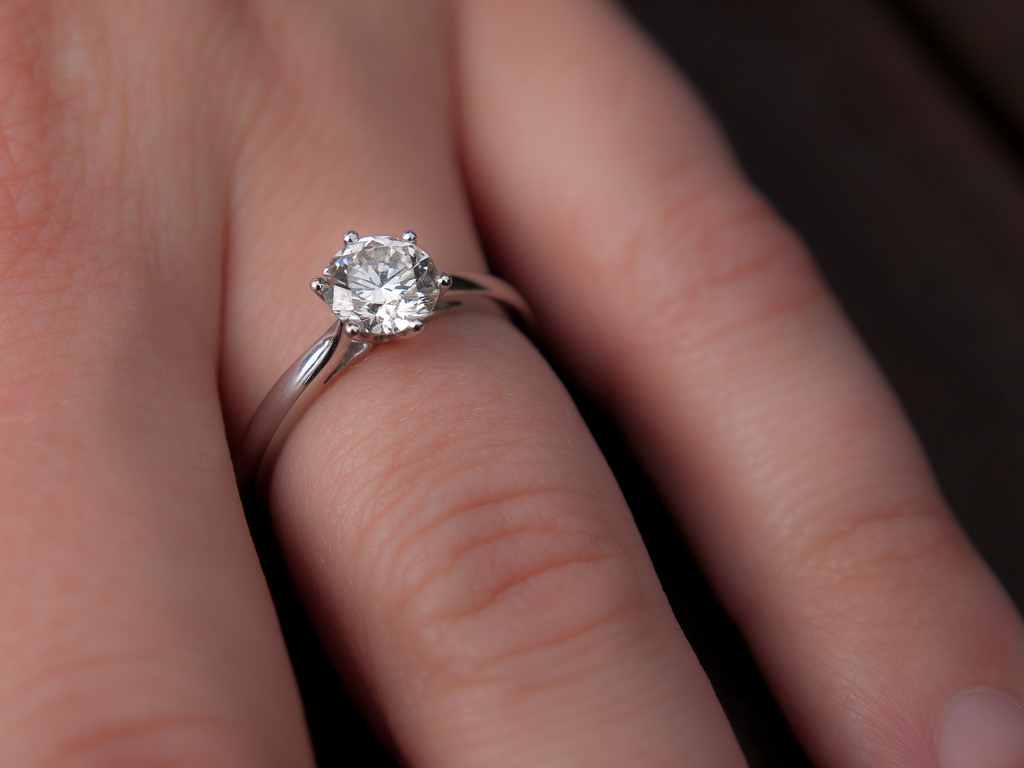
First, the act of spending time engaged rather than diving right into the marriage ceremony only became the norm when Pope Innocent decided couples needed to take a bit more time between deciding to get married and actually walking down the aisle way back in 1214, inspiring them to still put their love on display with the jewelry.
That said, the betrothed tended to stick to plain bands until jewelers in the 1930s began marketing the sparkling gem as the truest sign of a forever love.
3. The Bride's Veil
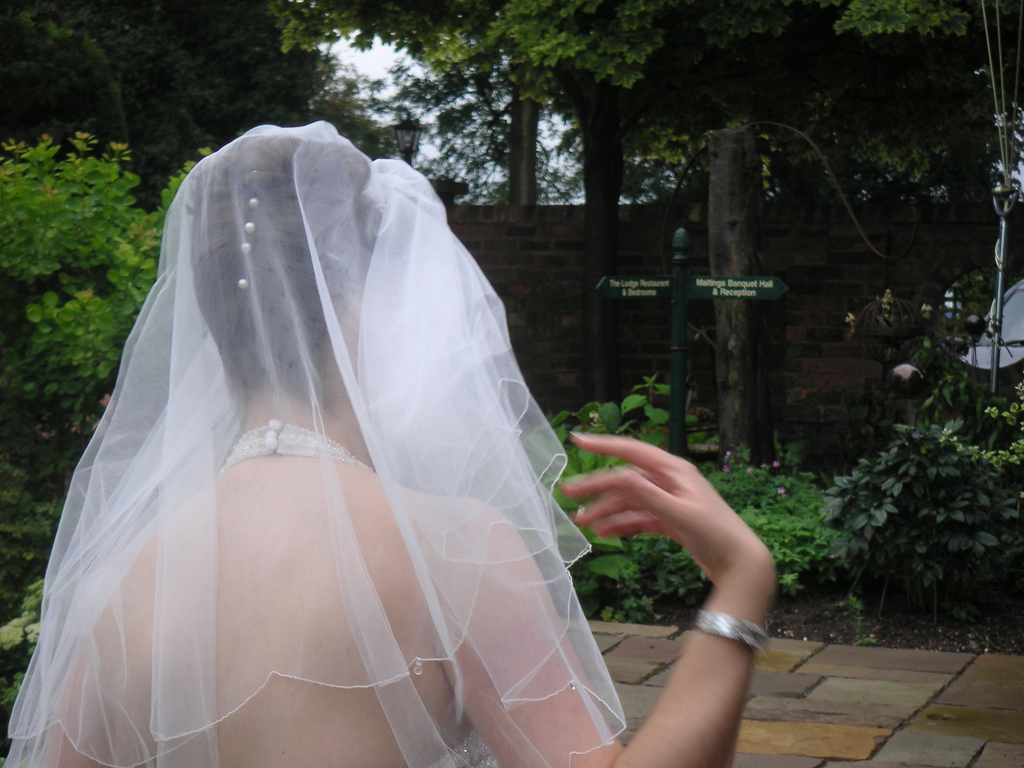
Now commonly accepted as a symbol of modesty, the tradition likely dates back all the way to Ancient Greek and Roman eras when they saw the material as a way to ward off any evil spirits.
It also ties into the tradition of a groom not seeing the bride until they're standing by them at the alter — in case they decided they didn't like the look of her and bolted away before the proceedings could begin.
4. Giving The Bride Away
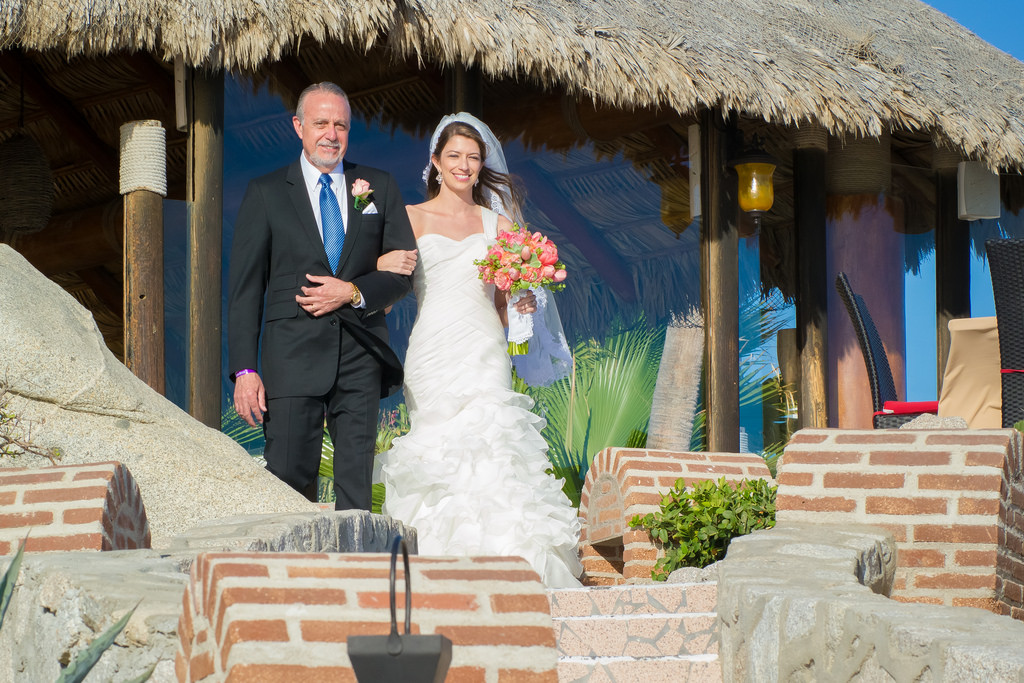
Though this does harken back to the way women were often thought of as property of her father being passed on to another man to look after her, it was also practical — originally, veils were made of whatever fabric they had handy and could make it difficult for a bride to find her way down the aisle without a little guidance.
5. The Best Man
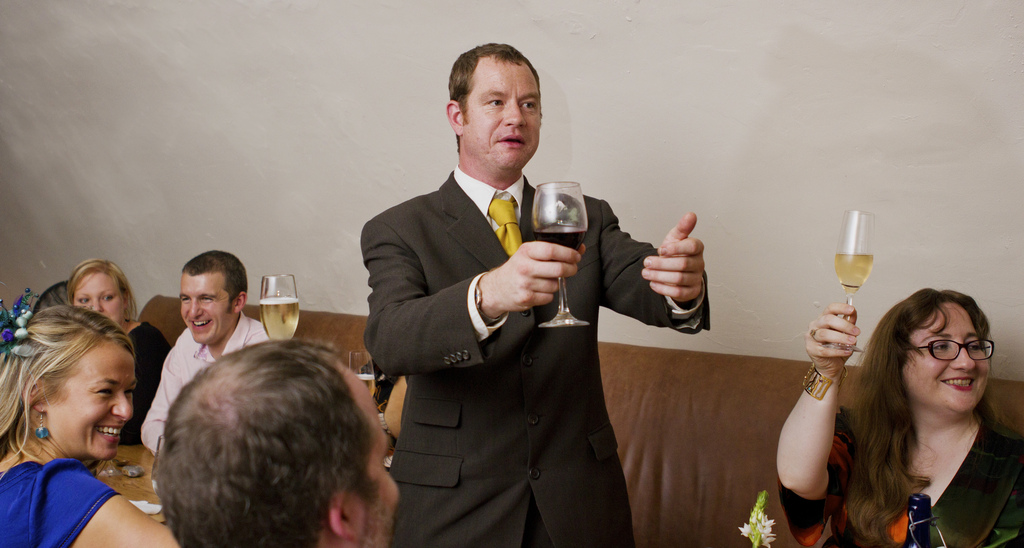
Earning this title back in the day meant more than throwing the most extravagant party for their best buddy.
Instead, they really had to prove they were indeed the "best" when it came to their swordsmanship. They needed to show how handy they could be at fighting off anyone who started trouble at the ceremony — perhaps if anyone attempted to kidnap the bride, a surprisingly common fear in ancient Roman times.
6. The Tiered Wedding Cake
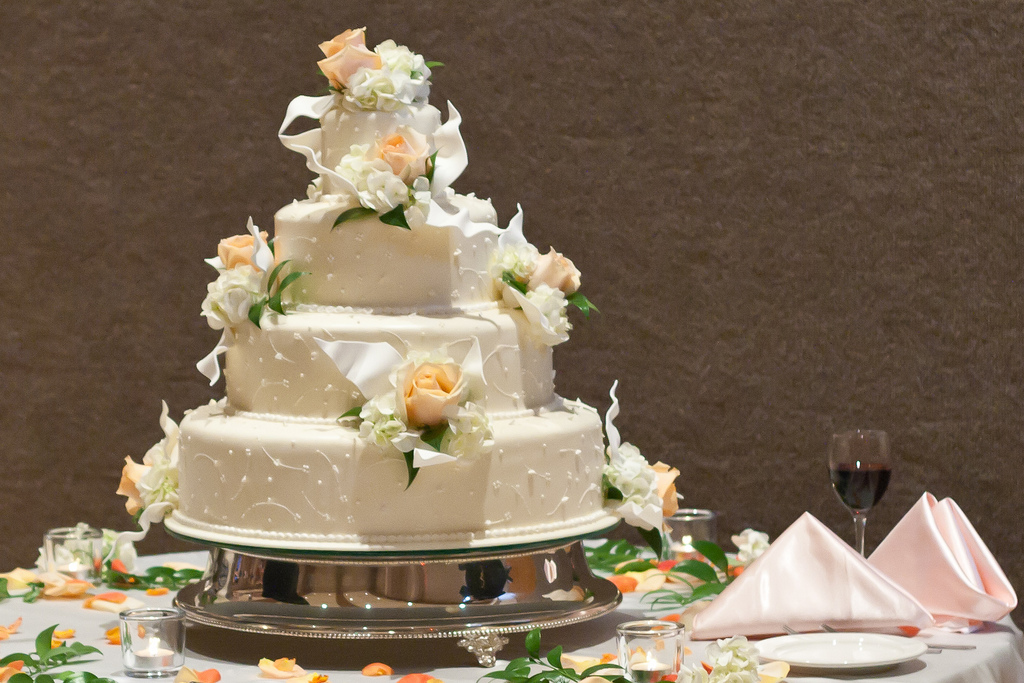
While I assumed this simply became a trend to feed all the hungry faces who came to celebrate a couple's union, its origin is actually a bit more fun and silly than I would have ever guessed.
Medieval guests would stack sweet buns as tall as they could and the bride and groom would then have to try to smooch above it. How successful they were was meant to symbolize the success of their marriage. This eventually evolved into the layered cakes we find today.
7. The White Wedding Dress

Over the years, the so-called "purity" of a bride became a question of whether or not she was "allowed" to wear white on her big day.
Ironically, the tradition began not with the modest Queen Victoria and her marriage to Prince Albert, but instead with Anne of Brittany. She wore white at her wedding with King Louis XII of France, which was actually her third marriage: she'd renounced her first husband, while her second spouse, Louis' cousin Charles III, had died. These marriages helped secure her continued station as Queen of France.
8. The Bouquet
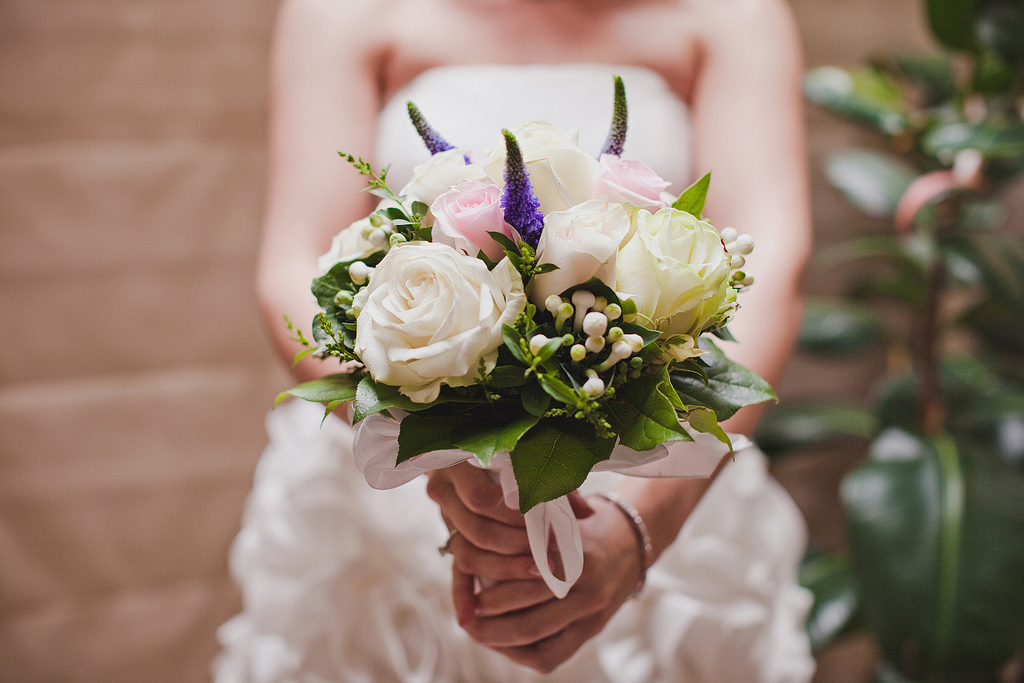
This originated back when the Black Plague was still a serious risk. Folks believed walking down the aisle with a more pungent combination of garlic and dill would help ward off the evil spirits that caused the ailments.
As time passed and medical logic took over superstitions, brides decided to grab more fragrant florals for their big day.
9. Tying Cans To The Newlyweds' Car
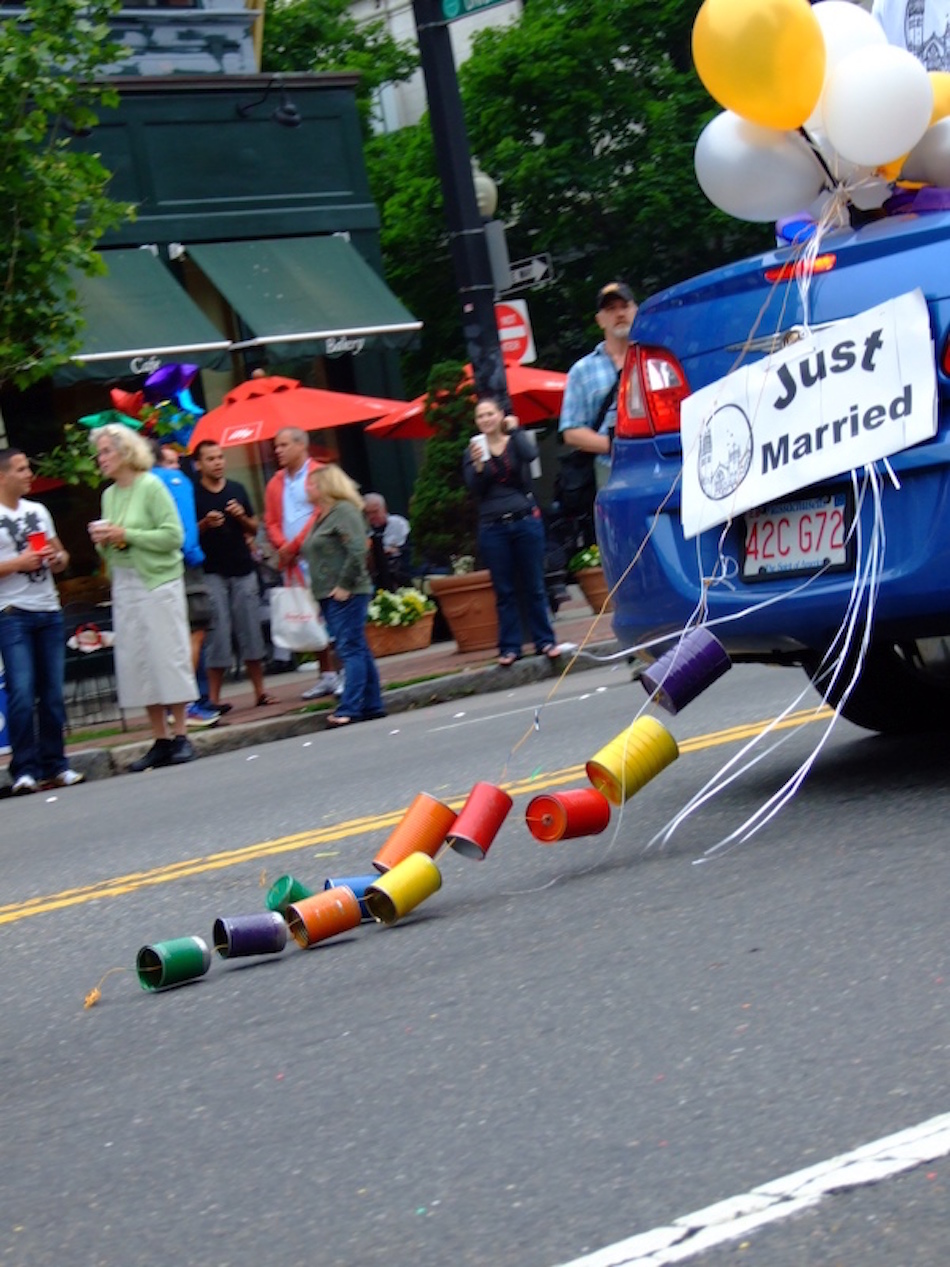
This folk tradition was brought over by settlers from France making their way to the Mississippi Valley in the 1600s. Originally known as "charivari," a community would come together to loudly celebrate a groom or cheer up a widow with rancorous music.
This eventually evolved into "shivaree" here in the States, where the groomsmen would celebrate the groom with wild midnight parties. This is now just represented by them sneaking out at night to tie the noisy cans to the couple's vehicle.
10. Carrying The Bride Over The Threshold
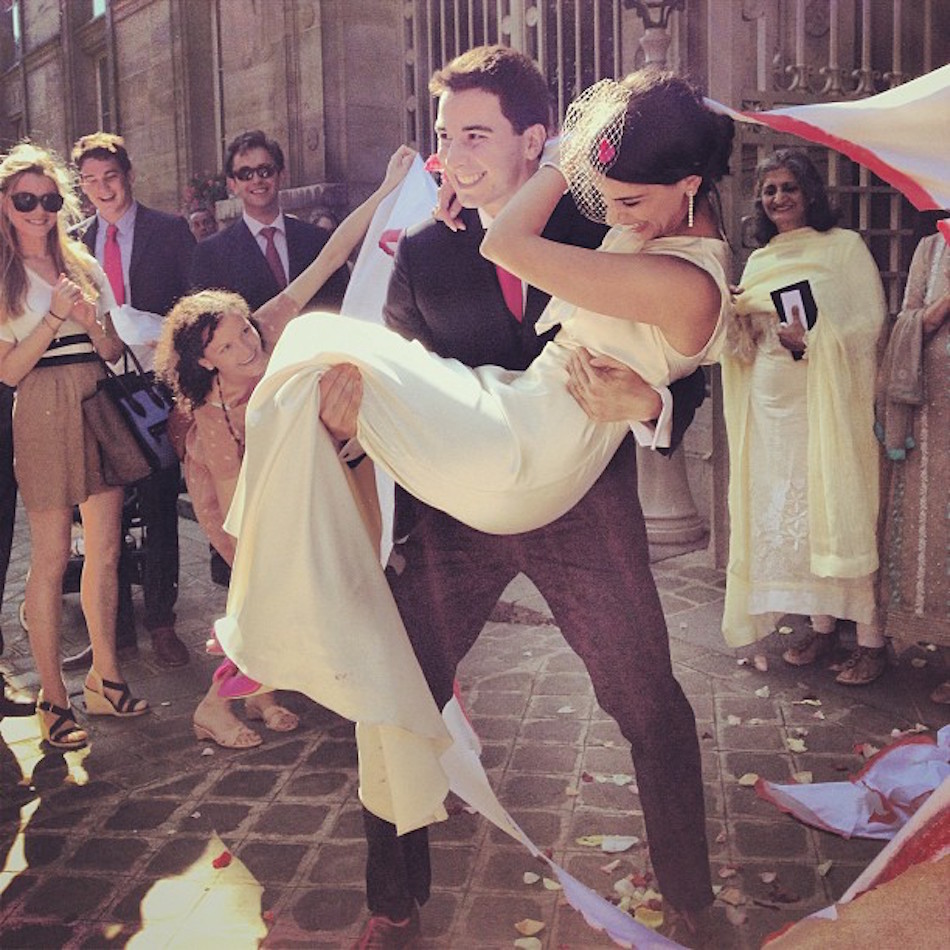
This macho tradition has become a symbol of the groom's strength and promise to protect his new wife, but the ancient Romans took it very seriously when it came to keeping those pesky evil spirits at bay — this time believing they would make one last attempt at the bride by hovering over the door as the couple entered.
11. The Honeymoon

This comes from all the way back in the 5th century when time was charted by the orbit of the moon. During their first moon cycle as a married couple, the pair would sequester themselves to enjoy plenty of mead (made from honey) until the cycle was complete.
Did we miss any weird origins behind our common wedding traditions that you've heard about? Let us know below and be sure to SHARE with your friends!

